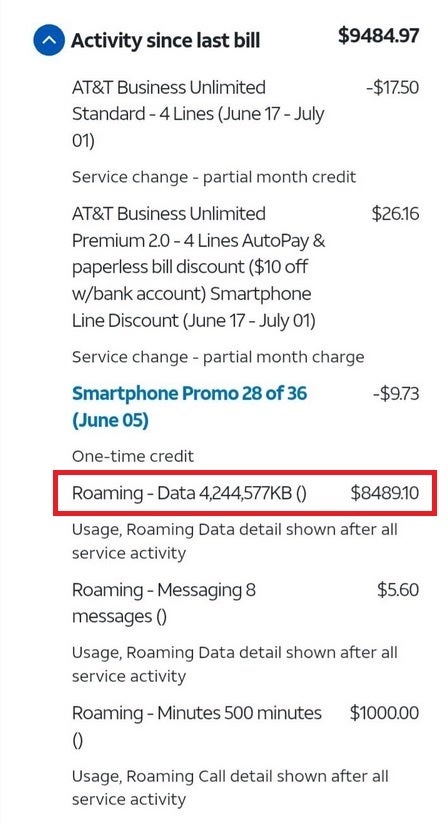After coasting for a few years, Samsung finally caved under rising pressure from the competition and put in enough effort to release excellent foldable phones this year. If you are a Galaxy Z Flip 4 user, the Galaxy Z Flip 7 could be an excellent upgrade, as it brings improvements in all aspects, including bigger and brighter screens, faster performance, better cameras, better software, and longer battery life.
Let us compare the Galaxy Z Flip 7 and the Galaxy Z Flip 4.
Galaxy Z Flip 7 vs Galaxy Z Flip 4: Features and specifications compared

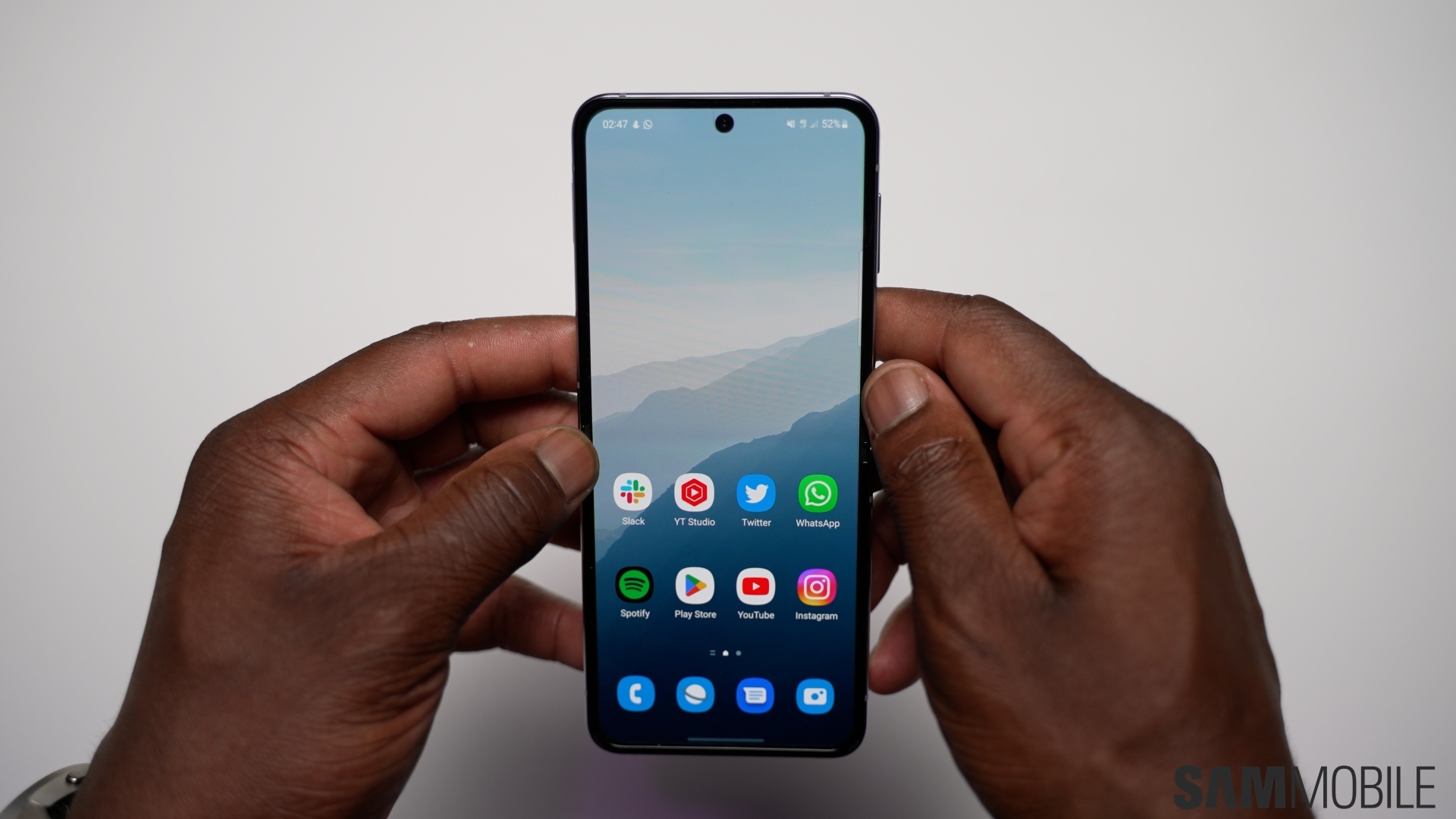
The Galaxy Z Flip 7 has bigger and brighter screens compared to the Galaxy Z Flip 4. It has a 6.9-inch primary display with thinner bezels and a 4.1-inch cover display that goes edge-to-edge. Both screens have a 1-120Hz variable refresh rate and 2,600 nits peak brightness. You can actually use full-fledged apps, camera, and even Gemini Live AI assistant on Galaxy Z Flip 7’s cover screen.

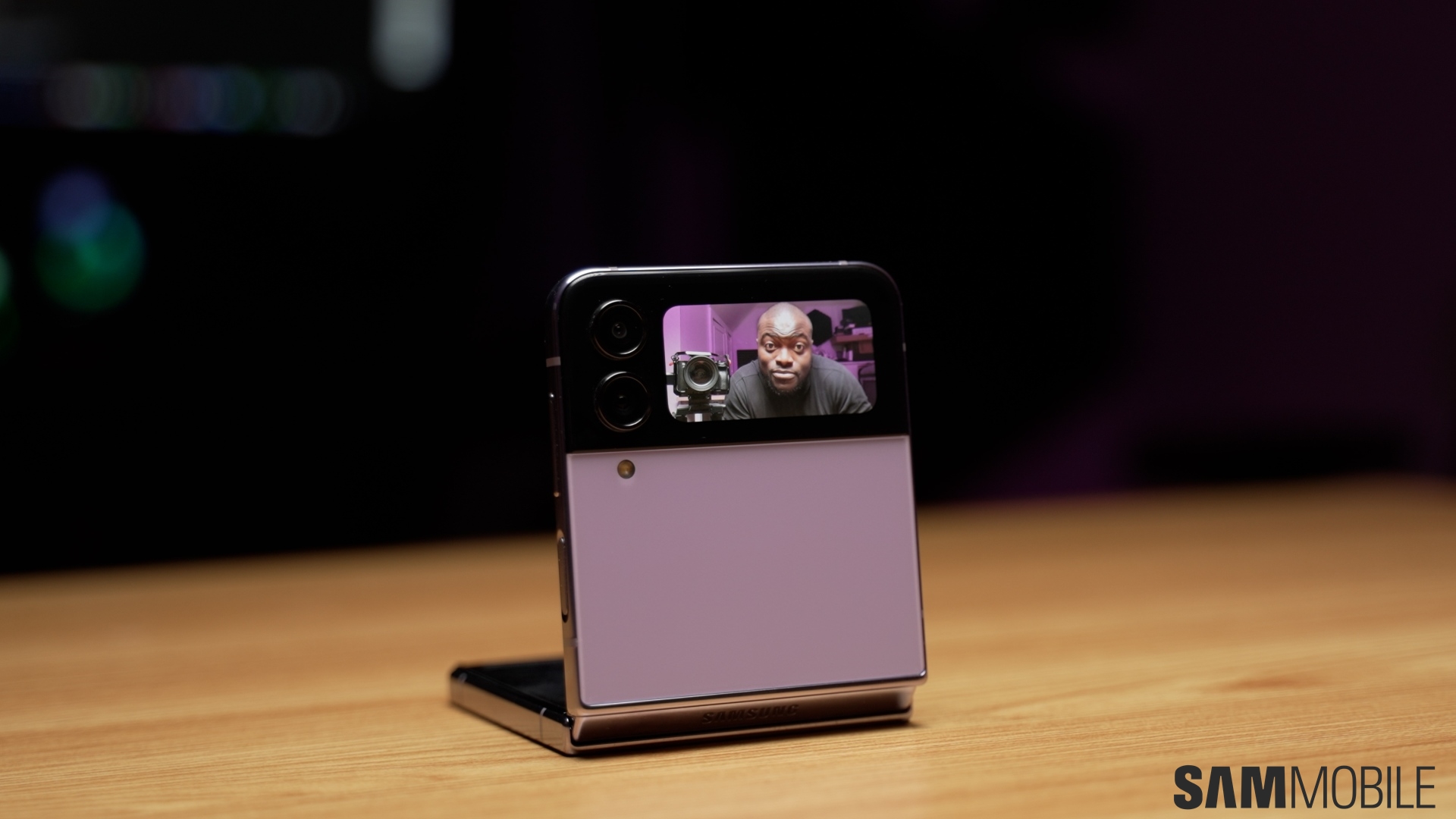
In comparison, the Galaxy Z Flip 4 has a 6.7-inch 120Hz display with 1,200 nits peak brightness. It has a tiny 1.9-inch cover screen that is barely enough to check notifications. While it lets you access the camera viewfinder, it is quite hard to use it due to its aspect ratio.
The Galaxy Z Flip 7 is more durable, thanks to IP48 rating for dust and water resistance and Gorilla Glass Victus 2 protection on the front and the rear. In comparison, the Galaxy Z Flip 4 is just IPX8 rated for water resistance, and it uses Gorilla Glass Victus+ layer for protection. The Galaxy Z Flip 7 is a lot thinner as well, and you can see its design in our hands-on video below.
You also get a better camera system on the Galaxy Z Flip 7. While both phones have a 12MP ultrawide camera and a 10MP front-facing camera, the Galaxy Z Flip 7 uses a bigger 50MP primary rear camera with OIS. Thanks to its bigger sensor and a much more modern ISP, it captures better images and videos in all lighting conditions. All its cameras are capable of recording 4K 60fps videos.

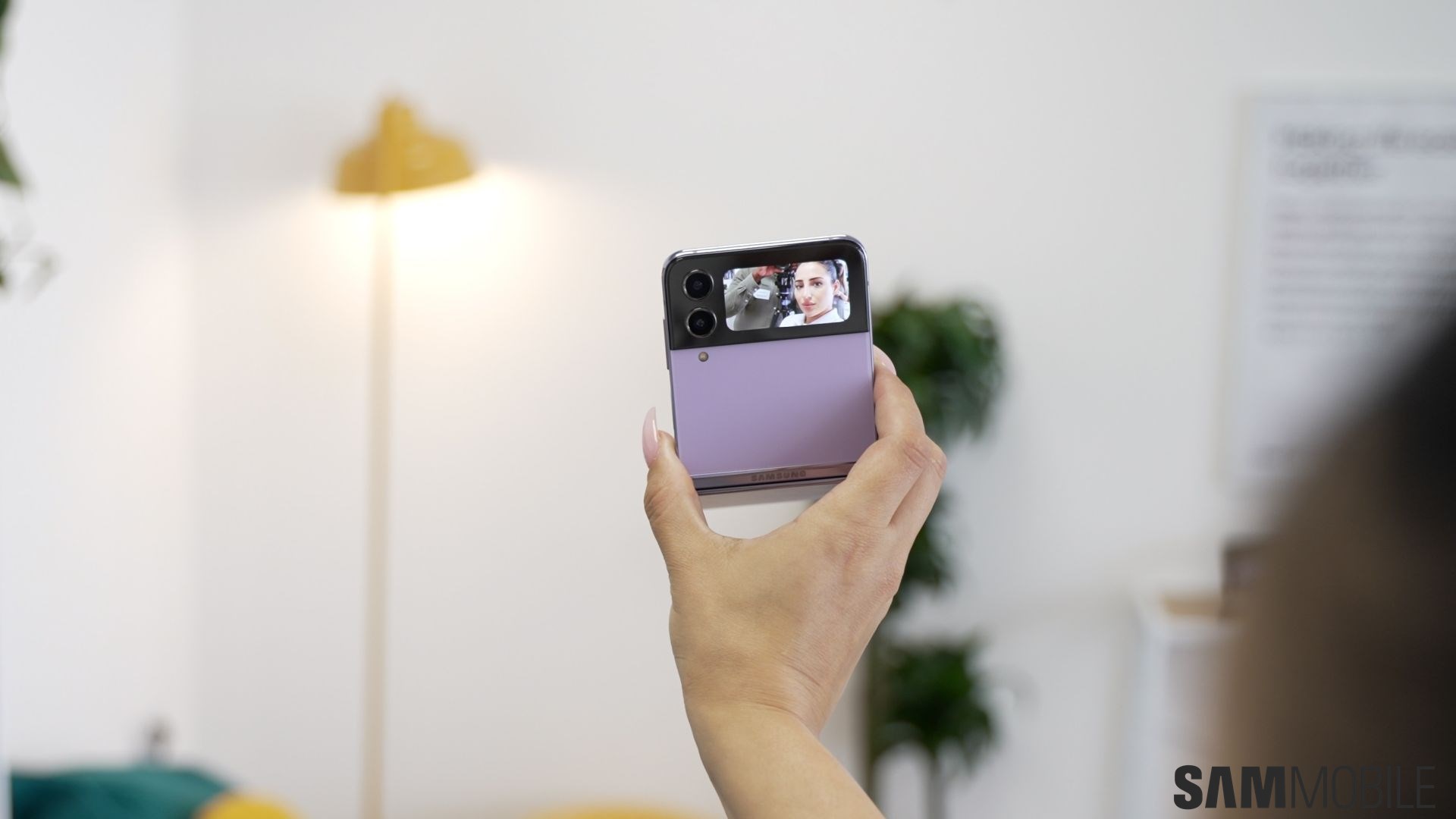
In comparison, the Galaxy Z Flip 4 has a smaller 12MP resolution primary camera sensor with OIS, and its front-facing camera can only go as high as 4K 30fps video recording.
The Galaxy Z Flip 4 features the 4nm Snapdragon 8+ Gen 1 processor, 8GB RAM, and 128GB/256GB/512GB UFS 2.2 storage. The Galaxy Z Flip 7 uses the 3nm Exynos 2500 chip with 12GB RAM and 256GB/512GB UFS 4.0 storage. As a result, the newer phone has a much faster performance across the CPU, GPU, NPU, and storage.


Samsung launched the Galaxy Z Flip 4 with Android 12 onboard and promised to release four major Android OS updates to it, which means the upcoming Android 16 (One UI 8) update will be its last major update.
The Galaxy Z Flip 7 launches with Android 16 (One UI 8) onboard and will get seven years of Android OS updates, which means its last major software update will be Android 23. You get a lot more headroom with the Galaxy Z Flip 7 in the software front.
And it’s not just new software features and better UI, the Galaxy Z Flip 7 also has a lot of AI-powered features that will never be available on the Galaxy Z Flip 4.

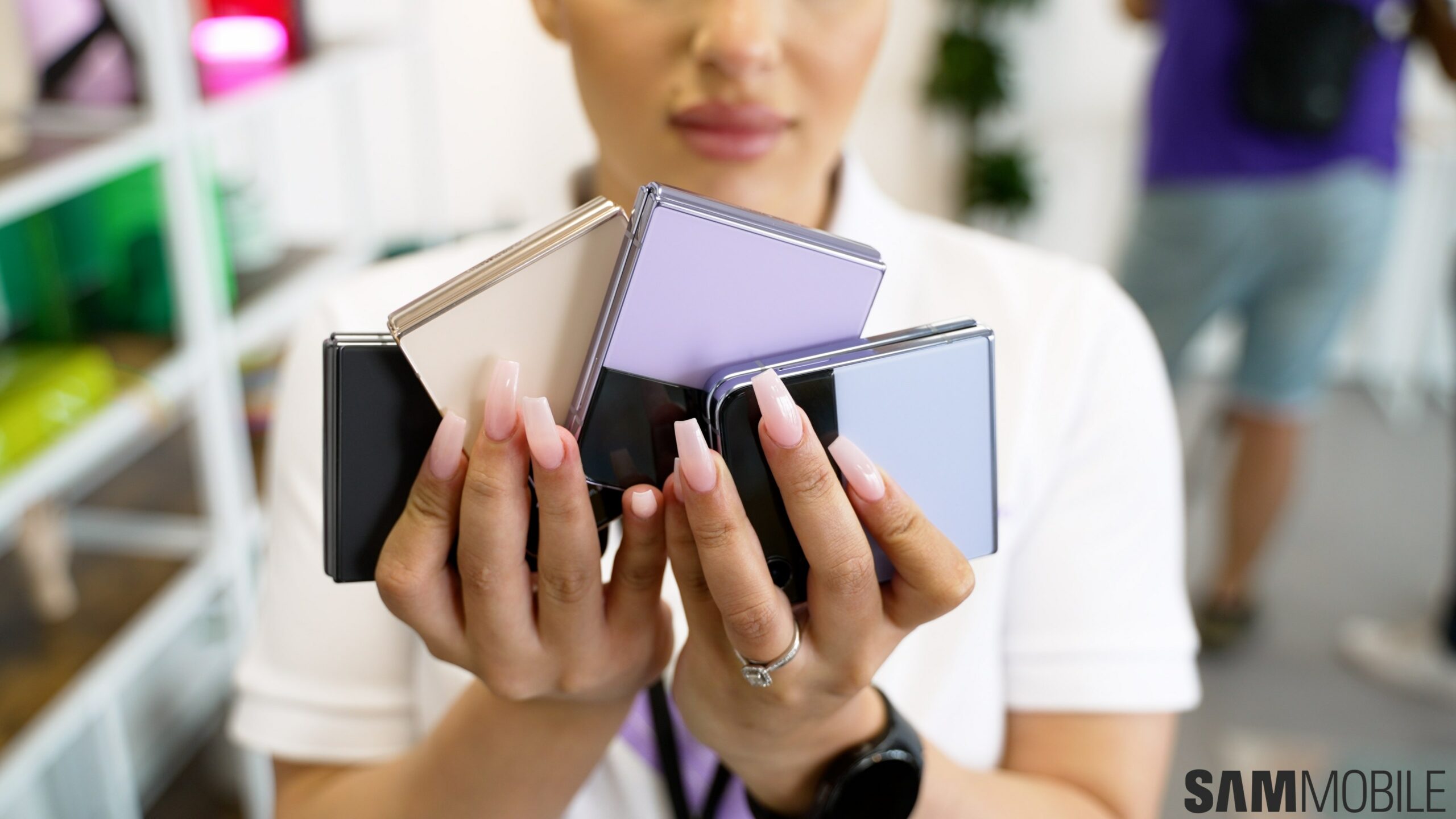
Both phones have a side-mounted fingerprint reader, stereo speakers, 25W fast wired charging, 15W wireless charging, and 4.5W reverse wireless charging. The Galaxy Z Flip 4 has a 3,700mAh battery, while the Galaxy Z Flip 7 is powered by a much bigger 4,300mAh battery that can last all day with moderate to heavy use.
The Galaxy Z Flip 7 also gets some new connectivity features like Wi-Fi 7, Bluetooth 5.4, and a USB 3.2 Type-C port. It also features wired and wireless Samsung DeX for enhanced productivity when connected to an external screen. All these features are missing on the Galaxy Z Flip 4.
So, the Galaxy Z Flip 7 is an all-around upgrade over the Galaxy Z Flip 4. If you are looking to upgrade from the Galaxy Z Flip 4, the Galaxy Z Flip 7 should be on top of your list.

